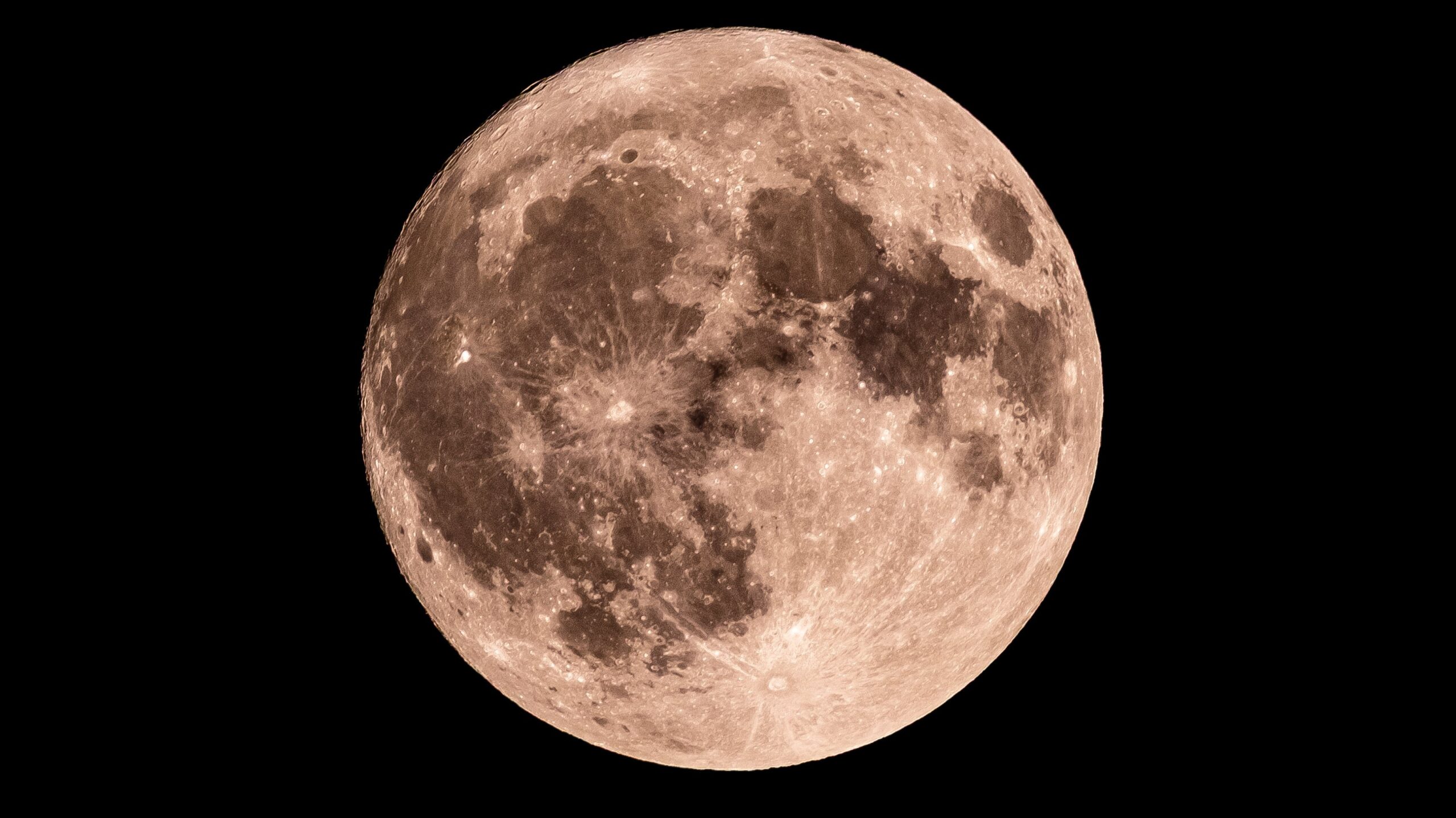Science
First Quarter Moon Shines Brightly on September 29, 2023

As of tonight, September 29, 2023, the moon is in its First Quarter phase, revealing approximately 46% of its illuminated surface. This lunar phase occurs when the moon is positioned at a right angle to the Earth and the Sun, allowing observers to see half of its face brilliantly lit.
Understanding the moon’s phases is essential for astronomy enthusiasts. According to NASA, the moon goes through a cycle of eight distinct phases over a period of 29.5 days. These phases result from the varying angles between the Sun, Earth, and the Moon, which create the visual changes we see from our planet.
What to Observe in the Night Sky
Tonight, viewers can expect to see notable features on the moon’s surface. The prominent Maria, including Mare Crisium, Mare Tranquillitatis, and Mare Vaporum, will be visible even without any optical aids.
For those equipped with binoculars, the views become even more impressive. The towering Apennine and Alps mountain ranges will reveal their stunning landscapes. With a telescope, observers can also pinpoint the historic landing sites of the Apollo missions, specifically Apollo 17 and Apollo 16, along with the Caucasus Mountains.
The next full moon is set for October 6, 2023, following the last full moon that occurred on September 7, 2023. This cycle of lunar phases continues to captivate sky gazers and astronomers alike.
The Cycle of Moon Phases Explained
The moon’s phases include eight main stages:
– **New Moon**: The moon is positioned between Earth and the Sun, rendering it invisible.
– **Waxing Crescent**: A small crescent begins to appear on the right side.
– **First Quarter**: Half of the moon is illuminated on the right.
– **Waxing Gibbous**: More than half is lit, but it is not yet full.
– **Full Moon**: The entire face of the moon is visible and illuminated.
– **Waning Gibbous**: The moon starts to lose light on the right side.
– **Last Quarter**: Half of the moon is illuminated again, this time on the left.
– **Waning Crescent**: A thin sliver of light remains on the left before the cycle begins anew.
These phases reflect the complex dance between the Earth, Moon, and Sun, offering a dynamic view of our celestial neighbor. Observing these cycles not only enhances appreciation for astronomy but also connects individuals to the ongoing rhythms of the cosmos.
-

 Health3 months ago
Health3 months agoNeurologist Warns Excessive Use of Supplements Can Harm Brain
-

 Health3 months ago
Health3 months agoFiona Phillips’ Husband Shares Heartfelt Update on Her Alzheimer’s Journey
-

 Science2 months ago
Science2 months agoBrian Cox Addresses Claims of Alien Probe in 3I/ATLAS Discovery
-

 Science2 months ago
Science2 months agoNASA Investigates Unusual Comet 3I/ATLAS; New Findings Emerge
-

 Science1 month ago
Science1 month agoScientists Examine 3I/ATLAS: Alien Artifact or Cosmic Oddity?
-

 Entertainment5 months ago
Entertainment5 months agoKerry Katona Discusses Future Baby Plans and Brian McFadden’s Wedding
-

 Science1 month ago
Science1 month agoNASA Investigates Speedy Object 3I/ATLAS, Sparking Speculation
-

 Entertainment4 months ago
Entertainment4 months agoEmmerdale Faces Tension as Dylan and April’s Lives Hang in the Balance
-

 World3 months ago
World3 months agoCole Palmer’s Cryptic Message to Kobbie Mainoo Following Loan Talks
-

 Science1 month ago
Science1 month agoNASA Scientists Explore Origins of 3I/ATLAS, a Fast-Moving Visitor
-

 Entertainment2 months ago
Entertainment2 months agoLewis Cope Addresses Accusations of Dance Training Advantage
-

 Entertainment3 months ago
Entertainment3 months agoMajor Cast Changes at Coronation Street: Exits and Returns in 2025









